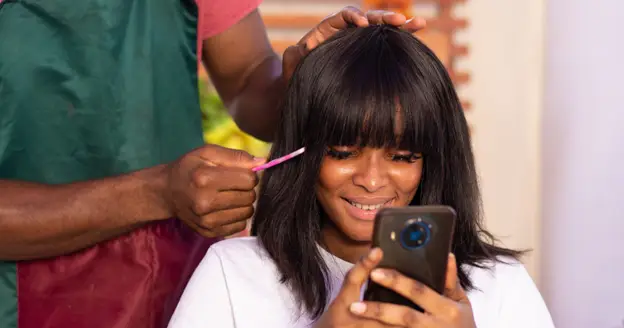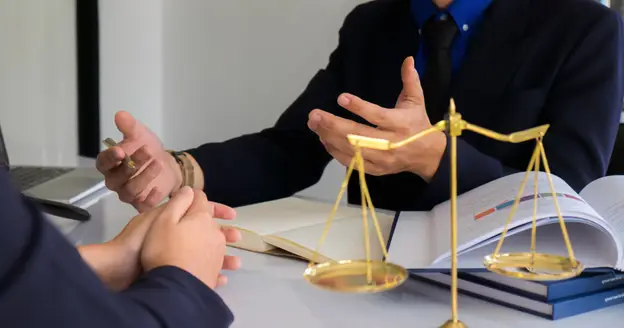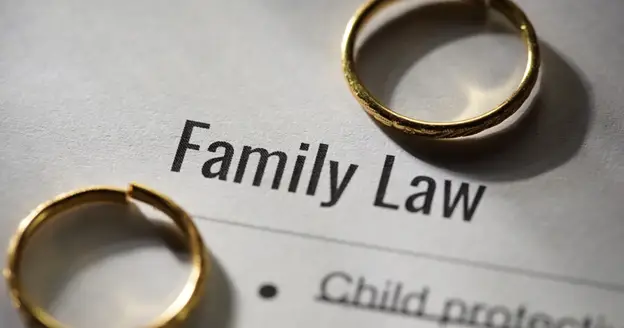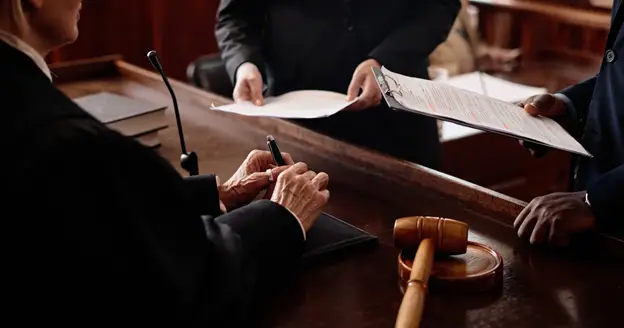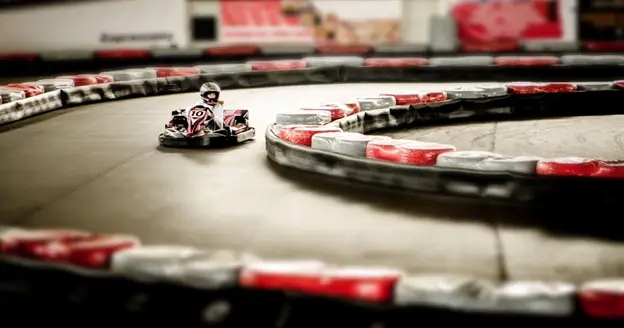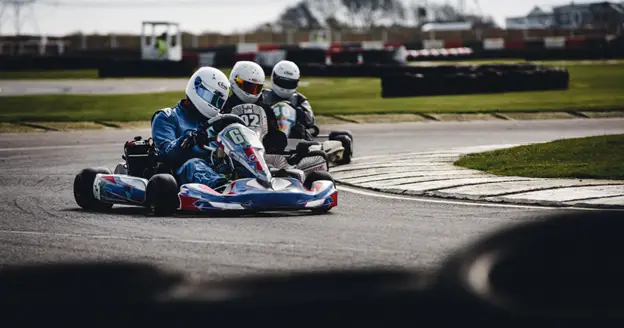Babies grow fast, but is it worth buying newborn clothes at all? We weigh the pros, cons, and money-saving tips every parent should know.
You’re prepping for baby’s arrival, scanning endless baby registries, and suddenly, you’re stuck on one unexpected question:
Is it even worth buying newborn clothes?
The baby store aisles say yes.
Your friends say maybe.
The internet says… it depends.
Newborn clothes are tiny, adorable, and everywhere. But so is the advice to skip them entirely because “babies grow out of them too fast.”
So what’s the truth?
In this guide, we’ll break down whether buying newborn clothes makes sense, what pediatricians and moms actually recommend, and how to make smart, cost-effective choices, without wasting money or missing out on the things you really do need.
What Size Are Newborn Clothes Anyway?
Let’s start with the basics.
Newborn-size clothes are typically labeled for babies weighing up to 7–8 pounds and measuring 20–21 inches in length.
Sounds simple, right? But not all babies, or brands, fit that standard.
Some babies are born already too big for newborn size. Others may swim in 0–3 month clothes and need that snug newborn fit, even just for the first week or two.
What makes it confusing is that baby clothes aren’t sized the same across all brands.
So, always check the label’s weight and length range, not just the age tag.
What Moms Say: Real-Life Insights You Won’t Hear in a Store
Let’s cut through the theory with real-life experiences:
“My daughter was 6 lbs at birth and wore newborn clothes for almost a month. We actually had to go buy more because we didn’t have enough.”
“My son was born 9 lbs 2 oz. We had a whole drawer of newborn clothes, and he couldn’t wear any of them.”
“I had twins who stayed in newborn size for 6 weeks. 0–3 months were huge on them.”
“We bought a mix, but honestly I wish I had just waited to see what size he came out.”
Moral of the story: Babies come in all sizes, and there’s no one-size-fits-all rule.
Some parents wish they had newborn clothes.
Others never used them.
The decision isn’t just about size, it’s also about season, laundry habits, and lifestyle.

What Pediatricians Recommend
According to pediatricians, comfort and safety are more important than sizing labels.
If a piece of clothing fits snugly around the neck or legs, restricts movement, or rides up awkwardly, it’s a problem, regardless of the size label.
Babies lose body heat fast, so well-fitting clothes help with temperature regulation in those early days.
That said, most pediatricians advise:
- Have a few newborn-size basics on hand if your baby is expected to be under 8 pounds.
- Don’t invest too heavily in newborn size before birth, you can always order more later.
- Prioritize soft, breathable, stretchable fabrics.
When It Is Worth Buying Newborn Clothes
Here are common scenarios when buying newborn clothes makes sense:
- You’re expecting a smaller baby. This includes first babies, babies of smaller parents, or babies measuring under 7.5 lbs on ultrasound.
- You’re having twins or multiples. Most twins are born earlier and smaller than average.
- You want a few outfits that truly fit during the first few days in the hospital. Especially if you plan to take photos or visitors will be coming over.
- You live somewhere cold. A better-fitting newborn layer keeps baby warm and cozy.
- You want easy changes. Newborn clothes often have clever snaps and designs for quick diaper access.
When It’s Better to Skip Newborn Size
Some parents skip newborn size completely, and don’t regret it.
You might want to do the same if:
- Your baby is expected to weigh 8.5+ pounds. Talk to your doctor or midwife. Ultrasound measurements aren’t perfect, but they can give you a general idea.
- You’re on a tight budget. Save your funds for clothes that baby will wear longer.
- You’re receiving a lot of clothes from a registry or baby shower. People love buying newborn clothes whether you asked for them or not.
- You’re planning a minimalist approach. Buying just a few key outfits after birth can help you shop based on actual need.

How to Get the Best of Both Worlds
Not sure which way to go? Here’s a balanced, no-stress shopping approach:
- Buy a small capsule of newborn clothes, just 5–7 outfits. Stick to basics: side-snap onesies, footed sleepers, and soft cotton gowns.
- Focus most of your buying on 0–3 months. This is the size your baby will wear for the longest stretch in the first few weeks.
- Keep tags on until baby is born. This way, you can return anything that won’t fit.
- Look for adjustable sizing. Some brands have fold-over cuffs, or longer torso designs that grow with baby.
- Skip outfits, and prioritize function. Onesies and zip-up sleepers > miniature jeans and “going out” clothes.
- Buy pre-loved. Newborn clothes are often barely used. Local moms’ groups, resale shops, and even some Baby shower College Station registries include gently worn essentials for free or cheap.
What About Baby Showers and Gift Registries?
Newborn clothes are one of the most gifted items at baby showers.
So, if you’re expecting a Baby shower College Station style celebration, chances are you’ll get a few newborn pieces whether you ask for them or not.
That’s why it’s smart to:
- Register for sizes 0–3 months and 3–6 months instead.
- Request gift receipts if people do buy newborn outfits.
- Add versatile basics, such as swaddles, zip sleepers, and side-snap bodysuits, to your registry instead of full outfits.
Budgeting Tip: The True Cost of Newborn Clothes
Here’s a reality check: newborn clothes might only get worn for 1–3 weeks. That means every $15 onesie is likely to last just a few wears at most.
So unless money is no object, try these hacks:
- Buy secondhand. Some baby consignment stores even have “buy 5, get 1 free” bundles.
- Shop clearance or off-season sales.
- Borrow from friends or family.
- Mix brands carefully. Some brands run bigger or smaller, buy a variety so you’re covered.
The Sentimental Side (And Why It Still Matters)
Sure, you want to be practical. But there’s also something beautiful about picking out your baby’s first outfit.
It marks a moment.
It’s the piece you’ll keep in their memory box, the one you’ll frame or save for years to come.
And that alone might be reason enough to buy one or two newborn-size items, if only for the photos and keepsakes.
Just remember, it doesn’t need to be a whole wardrobe. One special piece is enough.
Final Verdict: So, Is It Worth Buying Newborn Clothes?
Yes, if your baby is expected to be small, you want a few well-fitting first outfits, or you’re planning for twins.
No, if your baby is measuring large, you’re on a tight budget, or you’re already getting lots of gifted clothes.
Best strategy? Buy 5–7 newborn basics, keep receipts, and focus the rest of your wardrobe on 0–3 months and up.
You don’t need a closet full of tiny clothes that will only fit for a week. Just a few pieces that make those early moments easier, cozier, and photo-ready.






